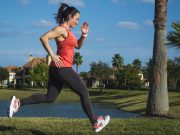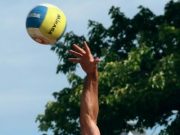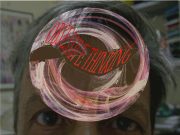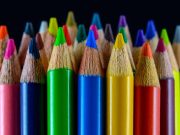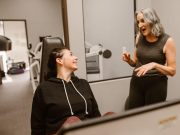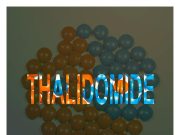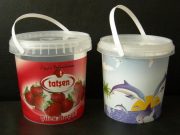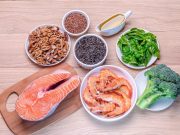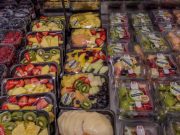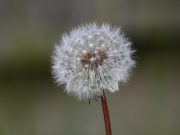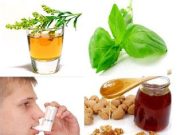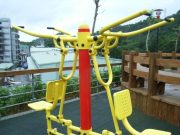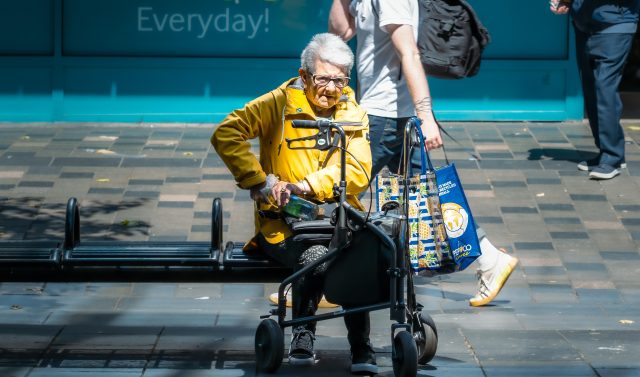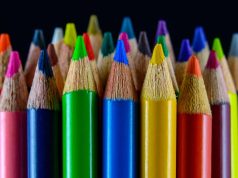As we journey through the different stages of life, our body’s needs evolve, often requiring us to pay closer attention to seemingly simple aspects of health, such as hydration. For seniors, staying hydrated is not just about quenching thirst; it’s a vital component of maintaining overall well-being, supporting cognitive function, and preventing common health issues. However, as we age, factors like diminished thirst perception, mobility challenges, and certain medications can make it difficult for older adults to consume adequate fluids. This article seeks to offer compassionate and practical guidance on encouraging seniors to stay hydrated. By understanding their unique needs and adopting creative strategies, we can help our loved ones embrace hydration as an essential part of their daily routine, ensuring they remain vibrant and healthy.
Understanding the Unique Hydration Needs of Seniors
As we age, our bodies undergo various changes that can affect how we stay hydrated. Seniors may have a diminished sense of thirst, leading to lower fluid intake, or they might be on medications that increase the risk of dehydration. Understanding these unique challenges is crucial for ensuring that older adults maintain adequate hydration levels.
- Recognize the Signs: It’s important to be aware of subtle signs of dehydration in seniors, which can include dry mouth, fatigue, dizziness, and less frequent urination. By identifying these early, you can encourage timely hydration.
- Personalized Hydration Plan: Develop a tailored hydration plan that takes into account any medical conditions or dietary restrictions. This plan can include a variety of fluids like water, herbal teas, and soups.
- Accessible and Enjoyable Options: Make sure that beverages are always within reach and that they’re appealing. Consider adding natural flavors like lemon or cucumber to water to make it more enticing.
| Hydration Tip | Benefit |
|---|---|
| Set Regular Reminders | Encourages consistent fluid intake throughout the day |
| Use Hydration Apps | Tracks water consumption and provides gentle reminders |
| Incorporate Hydrating Foods | Fruits like watermelon and oranges add extra fluid |
Being empathetic to the hydration needs of seniors is not just about providing water; it’s about creating an environment where staying hydrated is easy and enjoyable. By incorporating these strategies, you can help ensure that seniors remain healthy and hydrated.

Creating a Hydration-Friendly Environment at Home
Transforming your home into a hydration haven can make a significant difference in encouraging seniors to drink more water. Here are some creative and practical ideas to help create a more hydration-friendly environment:
- Visual Cues: Place water bottles or pitchers in visible areas like the kitchen counter, living room table, and bedside. This serves as a constant reminder to drink.
- Flavorful Options: Offer a variety of flavored waters using natural ingredients like cucumber slices, mint leaves, or citrus fruits. This can make drinking water more appealing.
- Accessible Glassware: Ensure that lightweight and easy-to-hold cups or bottles are within reach at all times, reducing the effort needed to stay hydrated.
Additionally, consider implementing a simple daily hydration tracker. This could be a chart displayed in the kitchen, where seniors can mark off each glass of water they drink. Here’s a sample table for inspiration:
| Time of Day | Glasses Drunk |
|---|---|
| Morning | |
| Afternoon | |
| Evening |
By implementing these strategies, you can create a supportive and inviting atmosphere that naturally encourages seniors to maintain their hydration levels.

Incorporating Tasty and Nutritious Hydration Options
- Infused Water: Elevate plain water by infusing it with slices of fruits like lemon, lime, or berries, and herbs such as mint or basil. This not only enhances the flavor but also provides a refreshing alternative that can make drinking water more enjoyable.
- Herbal Teas: Offer a variety of caffeine-free herbal teas. Flavors like chamomile, peppermint, or hibiscus can be served hot or cold, providing a soothing and aromatic experience.
- Vegetable Juices: Freshly made vegetable juices can be an excellent way to stay hydrated while also providing essential nutrients. Consider blends like cucumber and celery or carrot and ginger for a nutritious boost.
For seniors who may prefer a more structured approach to hydration, consider creating a daily hydration schedule. This can be done by setting specific times for enjoying different beverages throughout the day. Here’s a simple example:
| Time | Beverage |
|---|---|
| 8:00 AM | Warm Lemon Water |
| 10:00 AM | Mint-Infused Water |
| 12:00 PM | Carrot and Ginger Juice |
| 3:00 PM | Chamomile Tea |
| 6:00 PM | Berry-Infused Water |
By incorporating a variety of tasty and nutritious drinks into their daily routine, seniors can maintain proper hydration levels more effortlessly and enjoyably. Remember, the key is to make hydration feel like a delightful part of the day rather than a chore.
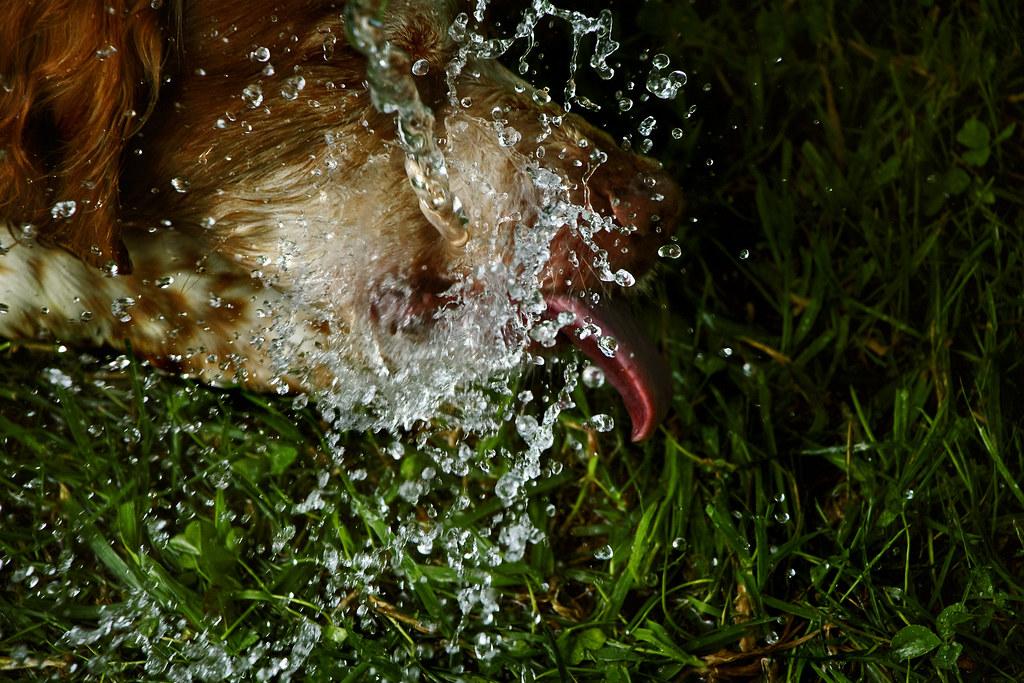
Engaging Seniors in Hydration through Routine and Reminders
Ensuring that seniors remain adequately hydrated can be a challenge, yet it is crucial for their overall health. One effective approach is to incorporate hydration into their daily routines, making it a natural part of their day. Consider integrating the following practices:
- Morning Rituals: Start the day with a glass of water. Placing a glass by their bedside or bathroom sink can serve as a gentle reminder.
- Mealtime Habits: Encourage drinking a glass of water before each meal. This not only aids digestion but also ensures regular hydration.
- Activity-Linked Reminders: Pair hydration with regular activities, such as taking a sip of water after a walk or during a favorite TV show.
Additionally, technology can play a pivotal role in keeping hydration on track. Consider setting up digital reminders on smartphones or using smart water bottles that send alerts when it’s time to drink. These modern solutions can provide the necessary nudges to help seniors remember their hydration goals.
| Time of Day | Suggested Water Intake |
|---|---|
| Morning | 1 Glass (250 ml) |
| Afternoon | 2 Glasses (500 ml) |
| Evening | 1 Glass (250 ml) |


